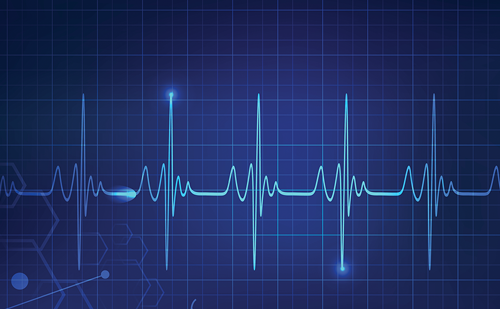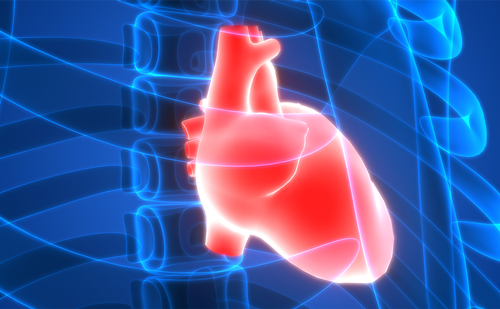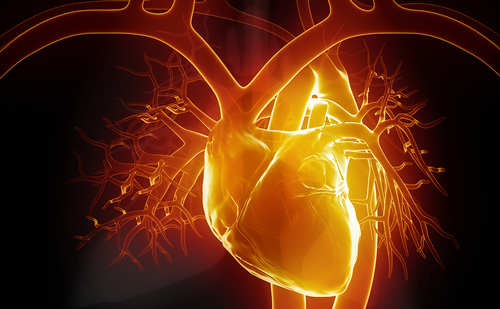Phenotypic patterns of right ventricular dysfunction: analysis by cardiac magnetic imaging
Abstract:
Overview
The aim of this study was to use magnetic resonance imaging (MRI) to classify the morphological changes and remodeling of the right ventricle (RV) that occur in different clinical situations and that have an impact on RV function. Most literature has traditionally focused on the left ventricle (LV) and as a result, few studies analyze RV behavior and remodeling. The study evaluated all cardiac MRI performed at our center from 2008 to 2010. We retrospectively identified 159 patients who had some sign of right ventricular dysfunction (RVD) based on MRI findings. We classified patients according to a combination of criteria for RVD and the presence of left ventricle dysfunction (LVD). We considered RVD as any of the following abnormalities: i) depressed RV function; ii) RV dilatation; iii) RV hypertrophy. LVD was considered when there was atrial dilatation, LV hypertrophy, LV dilatation and/or depressed LV function. We obtained 6 pathophysiological patterns: RV pressure overload (1.9%), RV volume overload (15.7%), RV volume overload + LVD (32.7%), depressed RV function + LVD (42.1%), mixed RV overload + LVD (6.9%) and other (0.6%). The most frequent etiology was congenital heart disease (33.3%), followed by idiopathic dilated cardiomyopathy (18.2%), left valvular disease (17.6%), ischemic heart disease (15%), pulmonary disease (9.8%), and other (6.1%). This study helps to classify the different patterns that RV can adopt in different clinical situations and can, therefore, help us to understand the RV pathophysiology.
Keywords
Right ventricle, congenital heart disease, magnetic resonance imaging.
Article:
Article Information:
Correspondence
Ignacio J. Sánchez-Lázaro, Heart Failure and Transplantation Unit, Cardiology Department, Hospital Universitari i Politècnic La Fe, Avda. Bulevar Sur s/n, 46026 Valencia, Spain. Tel. +34.961245851-Fax:+34.961246237. E-mail: ignaciosanchezlazaro@gmail.com
Received
2012-06-28T00:00:00







